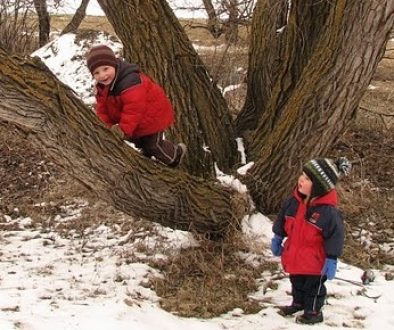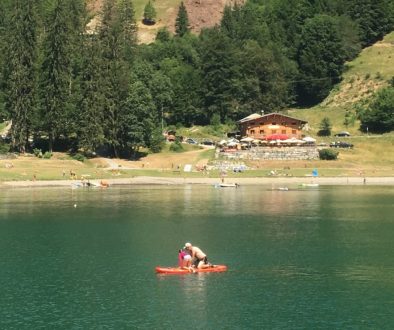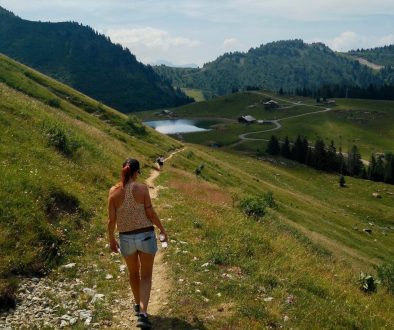Is there a place for Planned Physical Education in the Early Years?
When delivering training, the discussion about Self-Directed Play versus Planned Physical Education Classes always comes up and is the subject of some very interesting conversations.
Self-directed play is when children are allowed the freedom to choose what they do and, if possible, where they do it. This is invaluable for young children’s development and growth.
It does not mean, however, that adults do not have an impact on the child’s experience during self-directed play-
The adult should provide an enriching environment, allowing children to spend time in the outdoors or in an interesting and stimulating area.
A child should be challenged and not always told how to do everything, rather be engaged in conversation, being asked questions about their achievements and intentions.
If children feel safe and secure they will also be more likely to take risks and try new things which is important for their development.
Therefore, what can planned physical education classes offer, I hear you ask.
When children take part in planned activity sessions/PE lesson, they will be more likely to develop specific abilities and skills that they need as they grow older. Planned activities also allow for inclusive play and can introduce children to experiences they may not have tried given the choice. It is important to take children’s abilities and interests into account and build from what they already can do, making the activities more engaging, achievable and enjoyable.
The issue of clothing and footwear also always comes up during these conversations.
Many children start school practically incapable of dressing themselves, hence there is a great deal of frustration with the issue of most of the allotted class time being taken up with undressing and dressing.
Never fear, you can get around this frustration:
Think about whether children do really need to wear PE kits/gym gear? Why not start with simply taking off shoes and socks. They are active all the time in their “normal clothing” anyway, why should it be different during lessons?
Alternatively, pair up more able children with less able children so they can help each other during the changing process. What young child doesn’t like being helpful and being given a responsibility?
If they do need to change (school rules, etc.), why not see this as part of the physical development process. They will be developing fine motor skills, body awareness, spatial awareness, balance, coordination, etc. when changing These are all skills required for taking part in more complex games and sport.
Do also remember that the younger a child, the more repetition they require to learn new skills. Therefore, structured activities do not always need to take place in a hall during an allotted Physical Education class. You can repeat anything, anywhere, anytime and all you need is 10 minutes and an engaging, enjoyable activity.
Tania Swift





